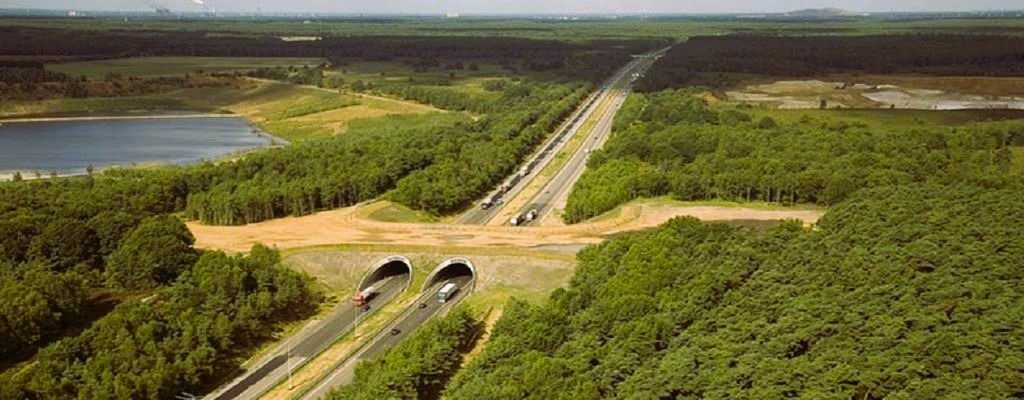In a remarkable stride towards sustainability and wildlife conservation, India is all set to introduce its first-ever animal bridges along the Delhi-Mumbai expressway. Inspired by the Netherlands’ renowned animal bridges, these innovative structures are designed not only to provide a safe passage for wildlife but also to ensure the smooth operation of the vital Ranthambore Wildlife Corridor in Rajasthan. Let’s explore this groundbreaking initiative and understand the significance of integrating sustainability and a symbiotic relationship with nature into our future expressways.
Bridging the Gap for Wildlife
India’s first animal overpasses are poised to revolutionize how we coexist with nature in our rapidly developing infrastructure. The primary goal is to protect and preserve the natural habitats and migratory routes of our diverse wildlife. To achieve this, five underground stretches, spanning a total of 2.5 kilometres, will be strategically constructed along the expressway. These underground passages will be spaced at approximately 500-meter intervals, ensuring that our wildlife can traverse the corridor safely.
A Natural Haven for Wildlife
One of the most remarkable aspects of these animal overpasses is their design. These structures will mimic natural environments, incorporating trees and greenery to make them visually appealing and practical for animals. This thoughtful design approach ensures that wildlife feels comfortable and encouraged to use these passages, effectively reducing the risk of accidents on the expressway.
Sustainable Development Model
The National Highways Authority of India (NHAI) is embracing these animal bridges as a sustainable development model. By creating these wildlife-friendly corridors, NHAI is taking a significant step towards mitigating conflicts between our ever-expanding road networks and the natural habitats of our wildlife.
Government’s Commitment to Wildlife Preservation
The Rajasthan government has already approved and forwarded the plan for these animal bridges to the central wildlife board, signalling a strong commitment to wildlife preservation. Road Transport and Highways Minister Nitin Gadkari has further announced that the Delhi-Mumbai Expressway project is on track for completion by 2022. This ambitious expressway project aims to not only reduce logistics time and costs but also to minimize our impact on the environment.
Creating a Sustainable Future
The government will construct underground stretches with noise barriers and an 8-meter-high boundary wall as part of the plan. These efforts showcase a resolute commitment to coexist harmoniously with our natural surroundings. It’s a testament to the growing awareness that our infrastructure can and should be built with sustainability and a symbiotic relationship with nature in mind.
In conclusion, India’s first animal bridges along the Delhi-Mumbai expressway are a testament to the power of innovation and sustainability in our infrastructure development. By embracing these wildlife-friendly solutions, we not only protect our diverse flora and fauna but also set an inspiring example for future expressways and infrastructure projects. As we pave the way forward, let us remember that harmony with nature is not just an option; it’s an imperative for a better and more sustainable future.
